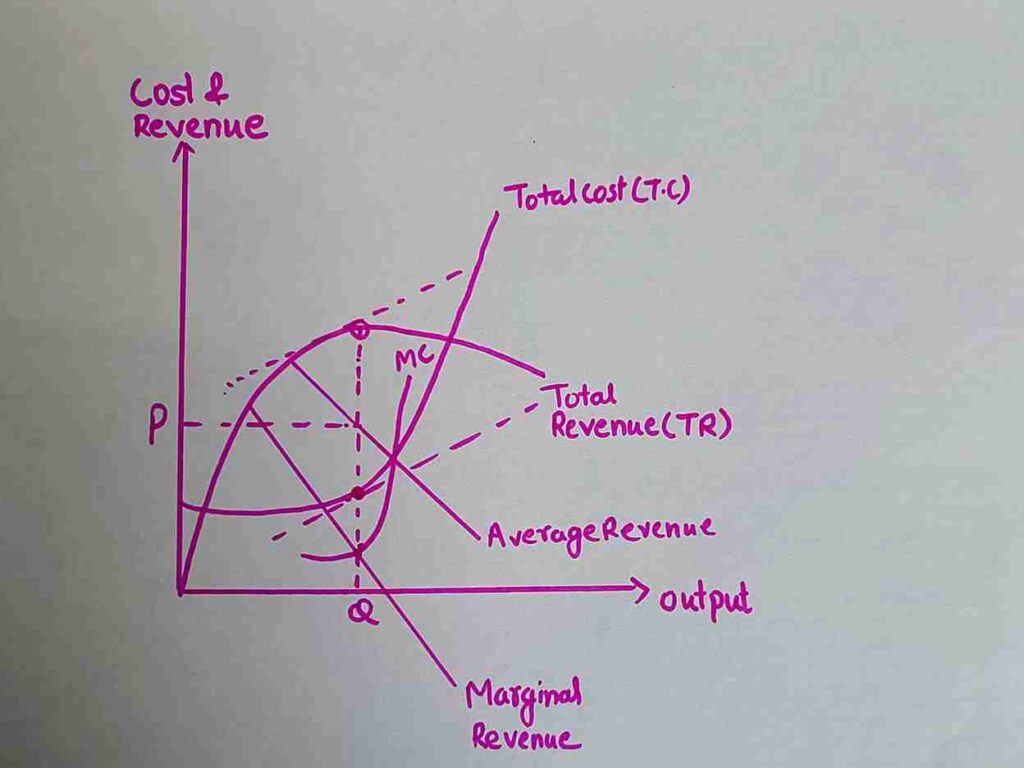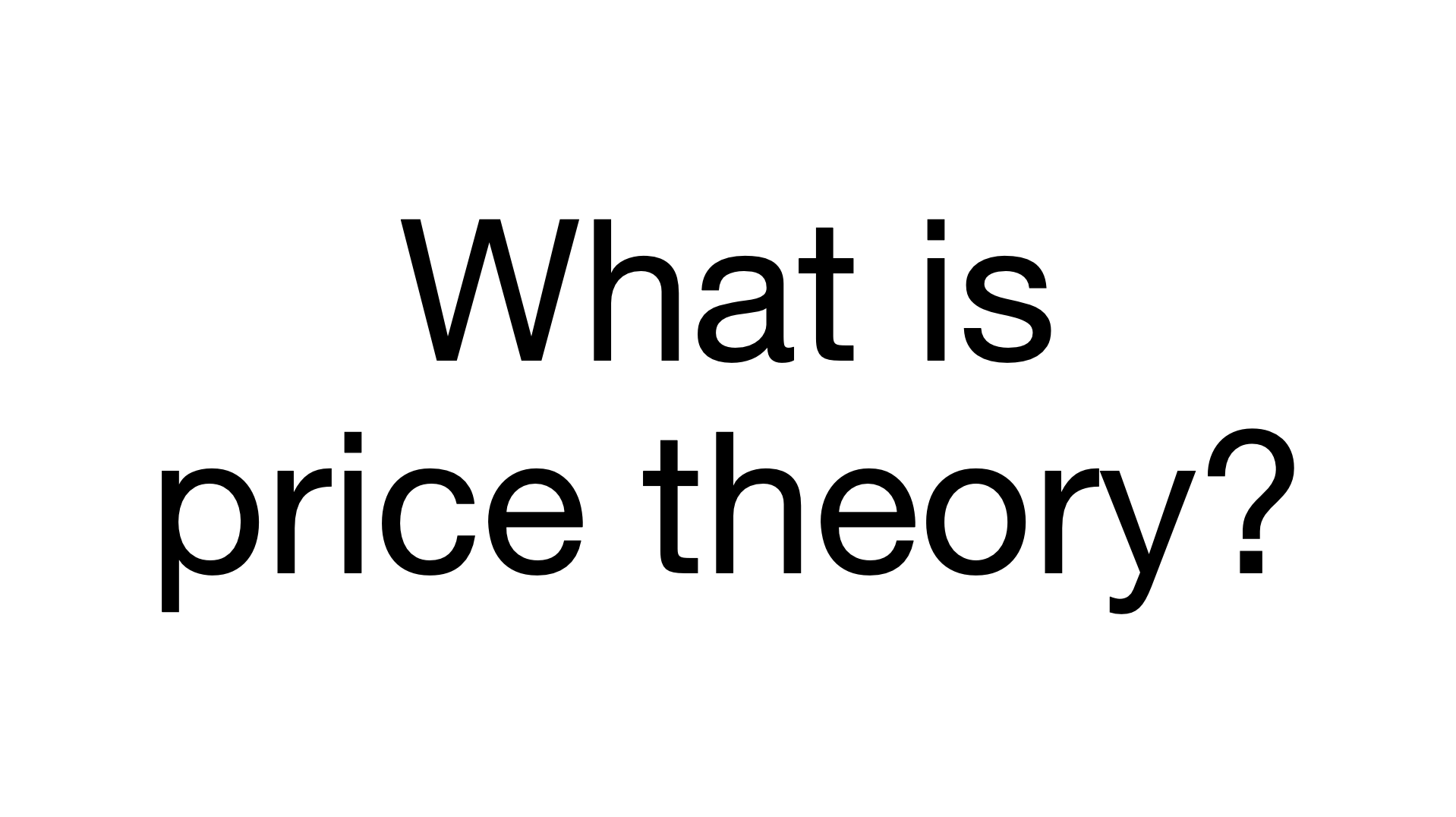Theory of price defines the term optimum price as that price which yields the maximum profits.
What is theory of price?
The basic approach in most of the micro-economic theory (i.e. theory of the individual firm and its relation to other firms) defines the term optimum price as that price which yields the maximum profits (i.e. excess of total revenues over total costs).
Thus, the basic assumption of the pricing theory is that the firm’s main objective is to maximize its profits. It also assumes that the firm takes into consideration the position of demand and cost functions and that the firm produces one product.
Further, if a firm sells unlimited number of units, the total revenue line will be a straight line arrived by
TR= mx
Where,
TR= Total revenue line
m= Quantity of units sold
x= price per unit
Furthermore, in most of the market situations, however , additional units can be sold by reducing the price. This means although the total sales revenue will increases as more and more units are sold, the increase in total revenue will decline gradually as sales increases.
Example:
XYZ pricing of a product is as under:
20 units @ ₹4 per unit.
21 units @ ₹3.90 per unit.
22 units @ ₹3.80 per unit.
The sales figures can be summarized as under:
| Quantity | Price(₹) | Total Sales Revenue(₹) | Addition to total Revenue(₹) |
| 20 | 4.00 | 80.00 | – |
| 21 | 3.90 | 81.90 | 1.90 |
| 22 | 3.80 | 83.60 | 1.70 |
The reduction in the price of each additional unit reflects a gradual reduction in the steepness of the total revenue curve as shown in the figure.
The total cost curve will however, register an increase in the steepness because as the volume increases, the cost also increases because of the difficulty of expanding output with a given productive resources.

At point Q , the gap between the total cost line and total revenue is the maximum. Thus Q is the point of optimum volume . Any attempt to increase the volume beyond this point will reduce the profit because the incremental cost will be more than the incremental revenue.
Therefore, these relations are expressed in terms of marginal revenue and marginal cost . Marginal revenue is the increase in total revenue that results from the sale of one additional unit. In the example given above, the marginal revenue of increasing one unit from 20 units to 21 units is ₹1.90 . Marginal cost is the increase in total cost that results from the production of one additional unit.
Refer:https://taxandfinanceguide.com/perfect-competition/ and https://taxandfinanceguide.com/monopolistic-competition/


